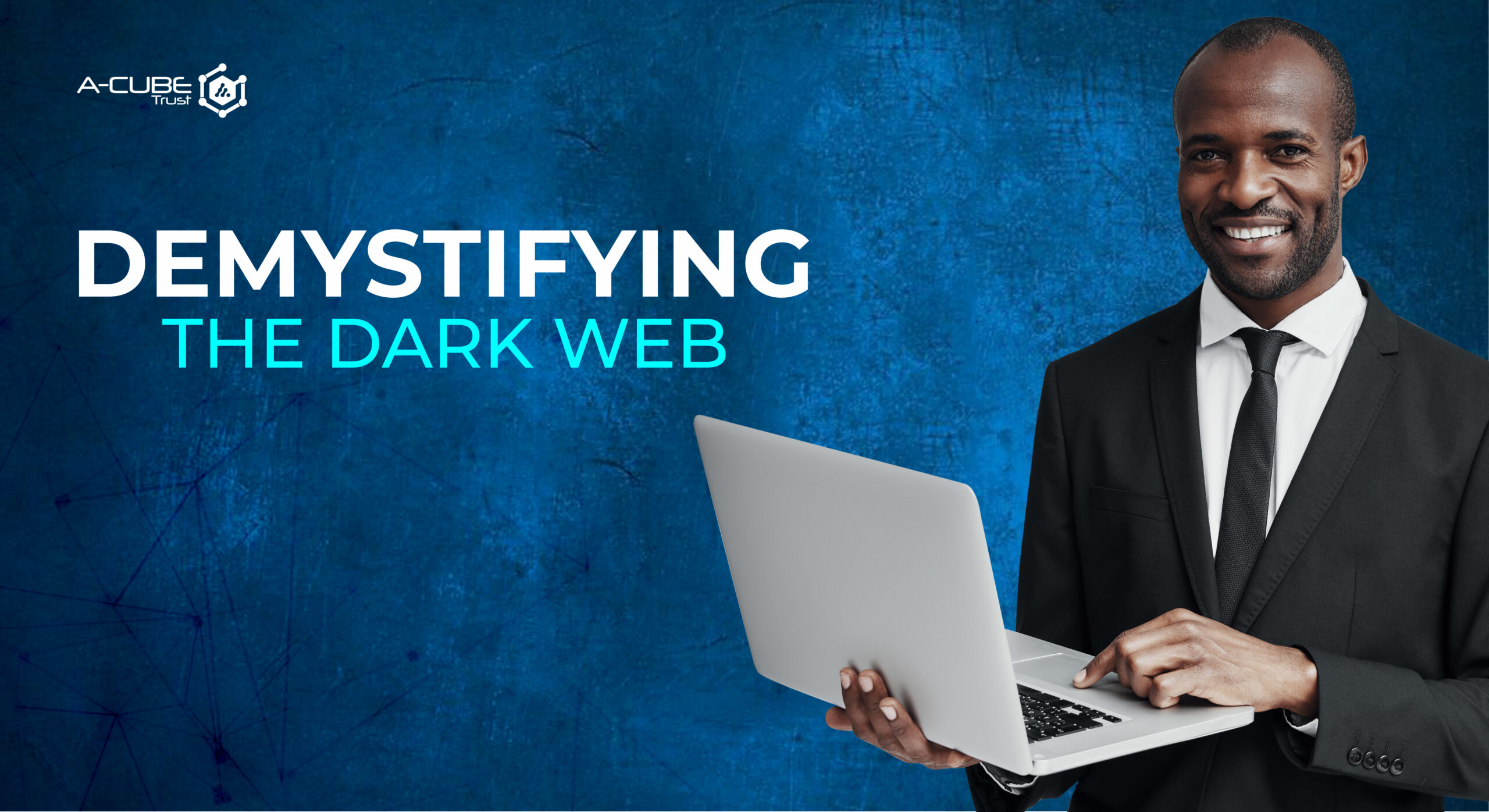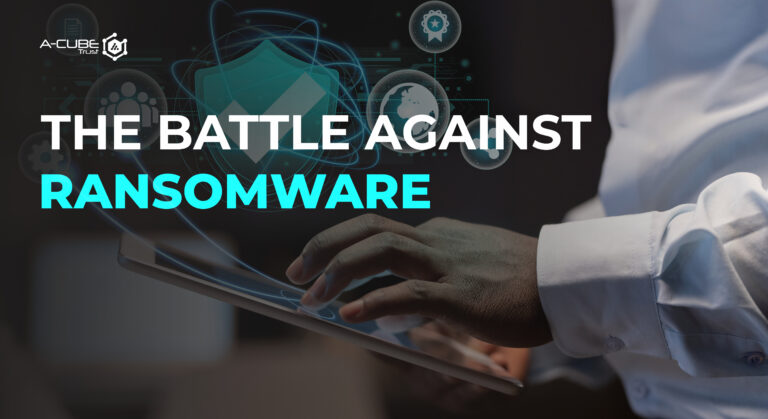Demystifying The Darkweb
What you need to know about hidden internet
The Dark Web, a term that has become synonymous with clandestine activities, has captured the collective imagination as a shadowy, hidden underbelly of the internet. Yet, beneath the sensationalized stories and misconceptions, the Dark Web is a multifaceted, complex ecosystem that warrants demystification.
At its core, the Dark Web represents a portion of the internet that is intentionally hidden from traditional search engines and web browsers. Accessible only through specialized software, the most common of which is the Tor (The Onion Router) network, the Dark Web anonymizes users, making their online activities significantly more private and secure. This emphasis on anonymity has led to a wide range of perceptions, from the potential for noble causes to criminal enterprises.
One of the key misconceptions about the Dark Web is its association with criminality. It is true that illegal marketplaces for drugs, weapons, counterfeit currencies, and stolen data can be found within its depths. However, it’s crucial to remember that illicit activities on the Dark Web make up only a small fraction of its overall content. In fact, much of the Dark Web serves legitimate purposes and is used by individuals concerned about privacy and security.
The Tor network, which powers a significant portion of the Dark Web, was originally developed by the U.S. Naval Research Laboratory for secure communications. Today, it’s used by activists, journalists, and citizens in repressive regimes who rely on its anonymity to speak out against oppression. Whistleblowers seeking to expose wrongdoing without fear of retribution often turn to the Dark Web to share sensitive information with the press. Moreover, everyday internet users seeking to protect their online privacy and evade intrusive surveillance mechanisms may use the Dark Web to shield their activities.
Another facet of the Dark Web that deserves attention is its contribution to academic research and cybersecurity. Researchers often explore this hidden realm to study the behaviors of online communities, learn about cyber threats, and develop tools to protect against them. This research helps us understand the evolving nature of cybercrime and equips cybersecurity professionals with the knowledge and expertise required to safeguard the digital world.
While the Dark Web is not a homogenous entity and cannot be painted with a broad brush, it does have inherent risks. Its anonymity can foster a culture of impunity, making it a haven for criminals who exploit its cover for malicious activities. Cybersecurity experts and law enforcement agencies must grapple with these challenges to combat illegal markets, cyberattacks, and other digital threats.
Demystifying the Dark Web is not an attempt to exonerate its illegal facets but rather to highlight its multifaceted nature. The Dark Web is not inherently evil; it is a tool that can be used for both good and nefarious purposes. In the age of digital transformation, understanding the Dark Web is essential. It allows us to navigate its complexities, advocate responsible usage, and appreciate the technological innovation that drives both its positive and negative aspects. Shedding light on this enigmatic corner of the internet provides us with the knowledge to separate myth from reality, foster a more balanced perspective, and ensure that the Dark Web serves as a force for good in the evolving digital landscape.



